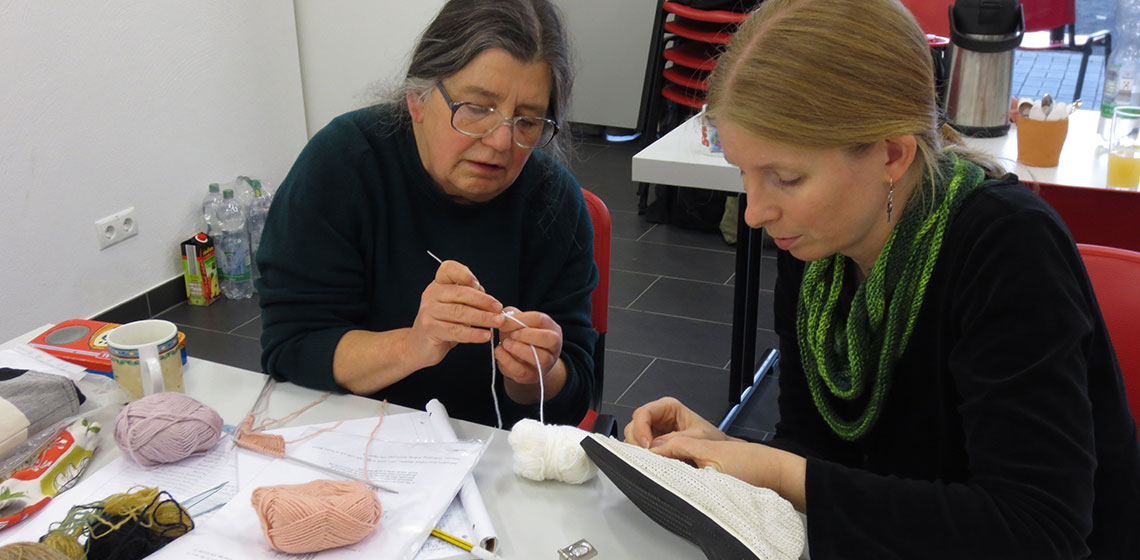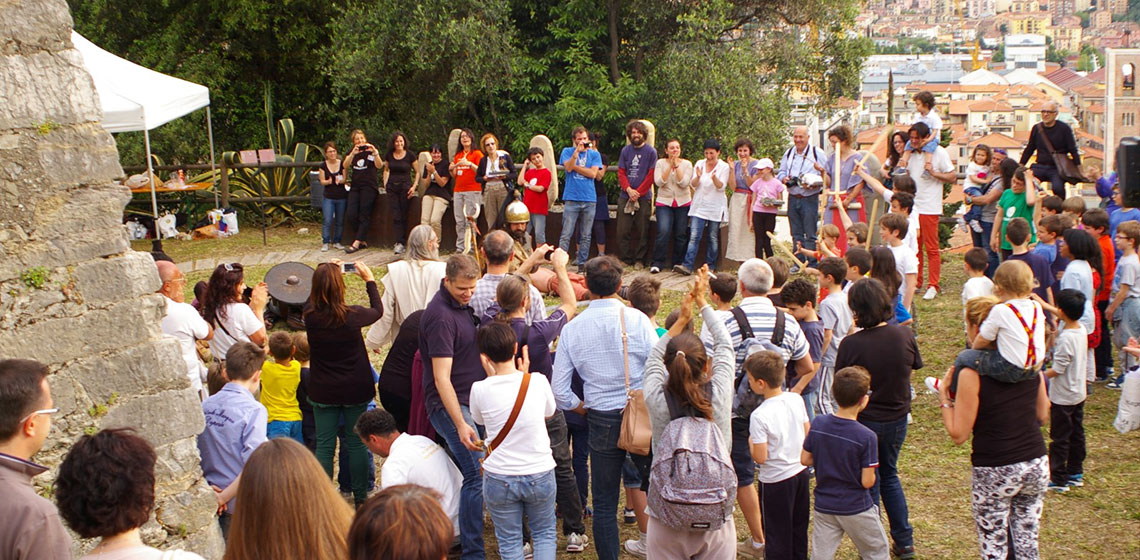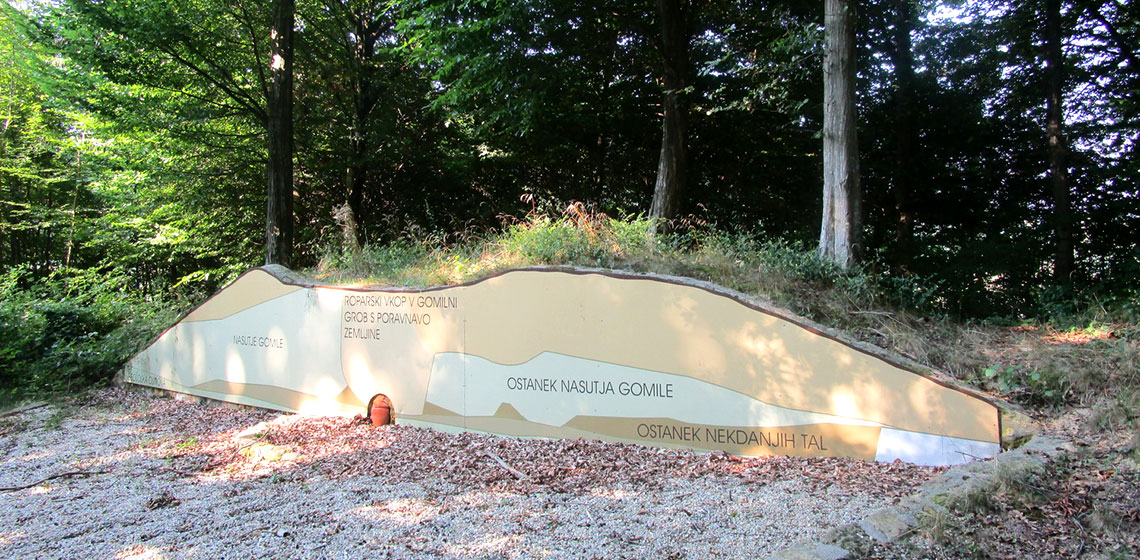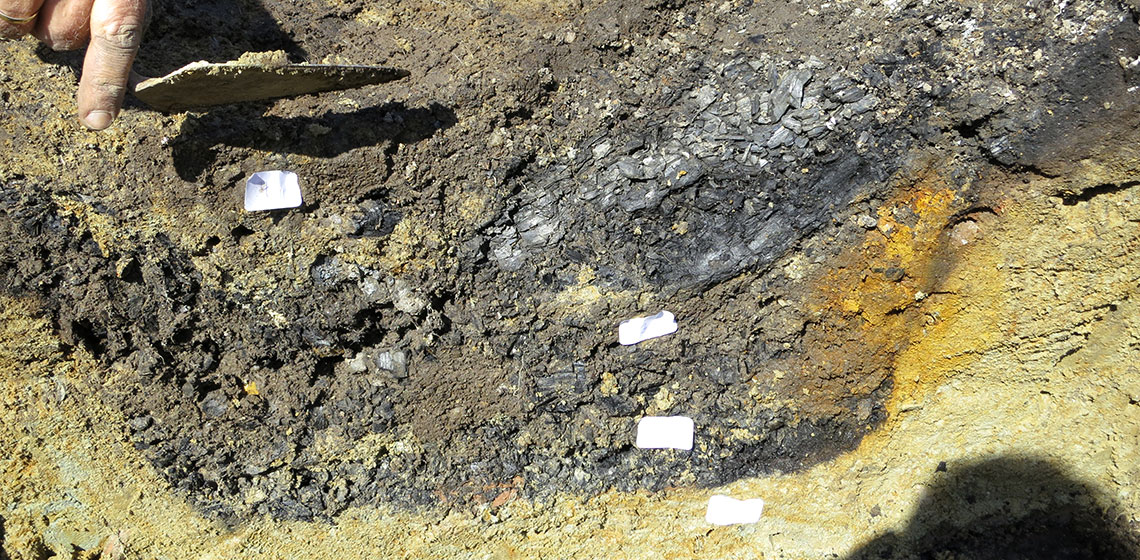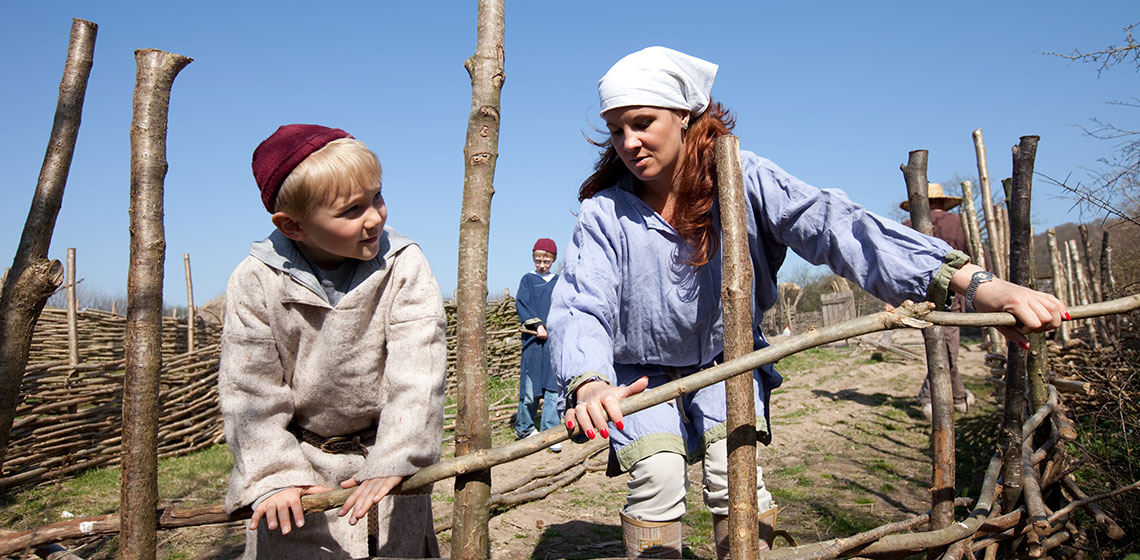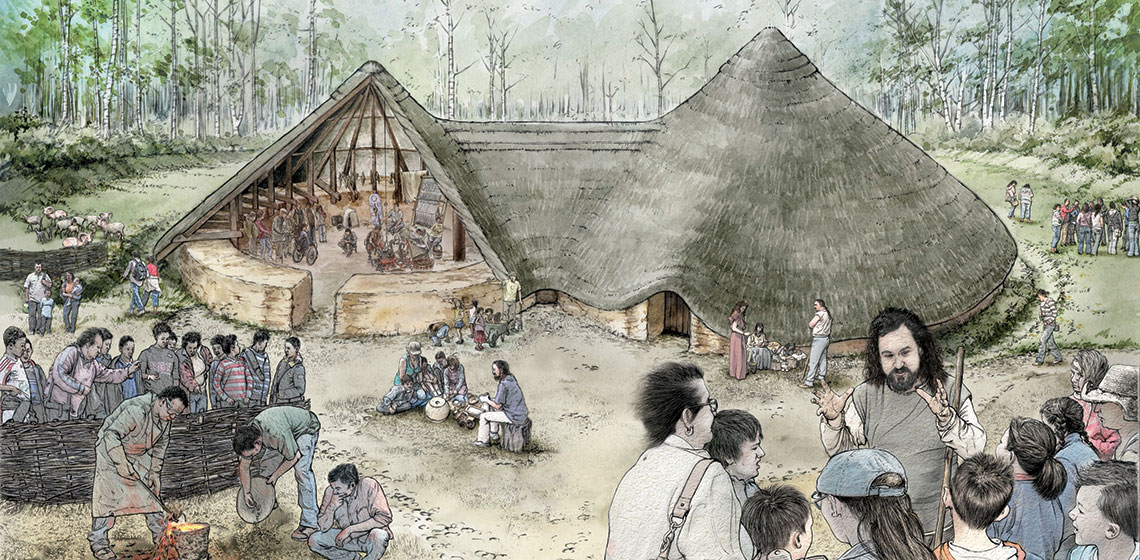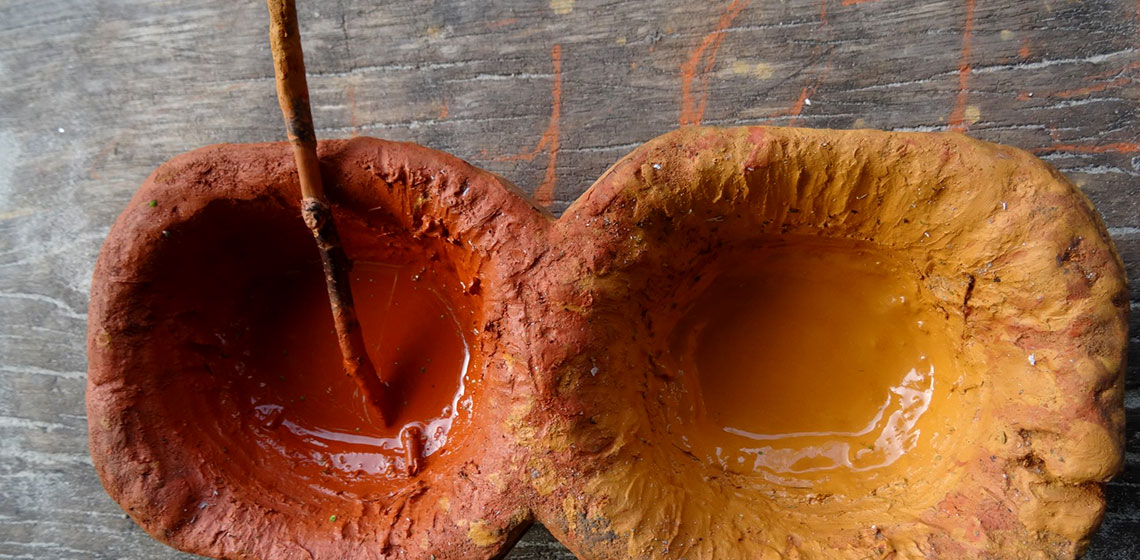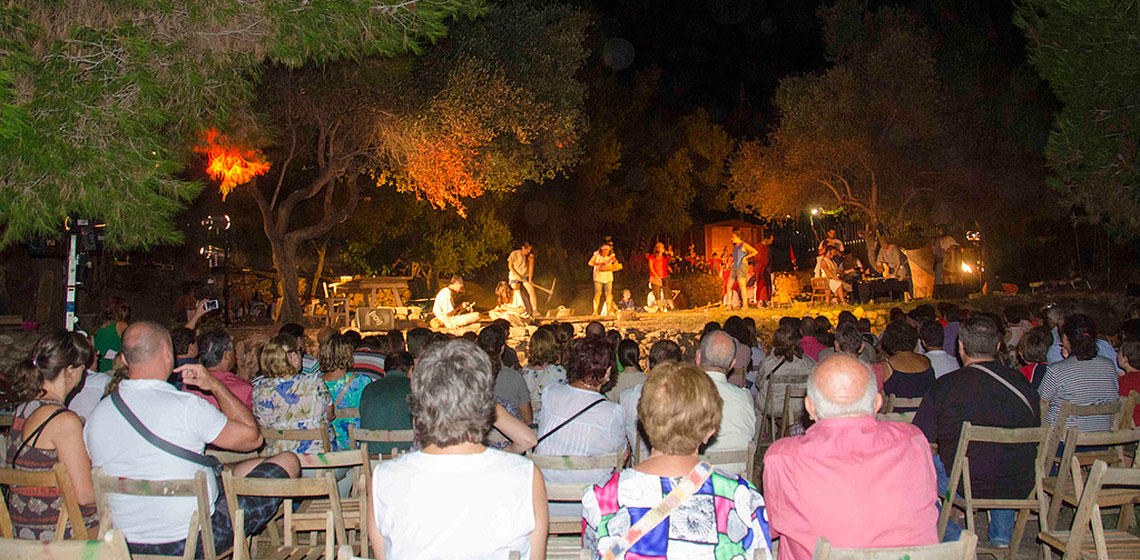Iron Age
Conference Review: European Textile Forum 2015
Publication Date
The European Textile Forum (Textilforum) was held between the 2nd and 9th November 2015, at the Laboratory for Experimental Archaeology (LEA) in Mayen, Germany. LEA kindly hosted the European Textile Forum as part of their inaugural event in 2012 and since then the Director Michael Herdick has invited the conference to return annually...
Event Review: Paleofestival: 10 Years of Spreading Archaeology in Evolution
Publication Date
At the age of thirty Edoardo started to study Archaeology for pleasure at the University of Genoa (Italy) while working as a computer programmer. Since then has taken part in archaeological excavations of prehistoric sites. Here he met many enthusiastic students, who dreamed of a future as prehistoric archaeologists in Italy, a country much more structured for classical archaeology...
Archaeological Routes and Paths in Northeast Slovenia – new Opportunities for Tourism
Publication Date
Archaeological parks, routes and paths in Slovenia are becoming new cultural-tourist products/attractions which, due to their content, enable visitors to “travel” back to the most remote periods of time. These products/attractions were first created in order to preserve the archaeological heritage and to make visitors aware of the rich cultural heritage which can be found at a specific place.
Diagenesis in Modern, Danish, Burned Pig Bone
Publication Date
During archaeological excavations, burned bones are often found as a result of cremation, cooking or accidental fire. Even though the bones are burned, their elemental composition might still hold information about diet, habitat and health history in the past.
The Role of Saltmarsh Plants in Iron Age and Roman Salt Production in the Thames Estuary, UK
Publication Date
Analysis of plant remains and soils collected during excavations of the Iron Age and Roman Period salt production site at Stanford Wharf Nature Reserve on the coast of Essex have shown that saltmarsh plants and adhering sediments had been used as fuel to evaporate brine and crystallise the sea salt.
Playing with the Past? Or Saving Our Future?
Publication Date
As the manager of the Ancient Technology Centre (ATC) in Dorset, England, like many of you, I consider regularly what it is that we actually do. What services do we provide? How are we regarded by the public, by the education sector, by the children we teach, and by those who pay to come through our doors.
Book Review: Recent Publications: Experimental Archaeology in the November 2015 Issue of the Cambridge Archaeological Journal (Volume 25, Issue 4)
Publication Date
In the last quarter of the 1900s, John Coles (1979) and Peter Reynolds (1999) introduced the subject of experimental archaeology, which has gained significant momentumin the past few years. The discipline has become essential for reconstructing past technologies, in addition to supporting archaeological theory.
From Celtic Village to Iron Age Farmstead: Lessons Learnt from Twenty Years of Building, Maintaining and Presenting Iron Age Roundhouses at St Fagans National History Museum
Publication Date
OpenArch Special Digest 2015 Issue 2
***This article summarises the main issues that were faced in running a group of reconstructed Iron Age roundhouses as an educational and visitor resource at St Fagans National History Museum from 1992 until 2013. Plans to build a new Iron Age farmstead at St Fagans are then outlined along with the steps...
***This article summarises the main issues that were faced in running a group of reconstructed Iron Age roundhouses as an educational and visitor resource at St Fagans National History Museum from 1992 until 2013. Plans to build a new Iron Age farmstead at St Fagans are then outlined along with the steps...
Tangible and Intangible Knowledge: the Unique Contribution of Archaeological Open-Air Museums
Publication Date
OpenArch Special Digest 2015 Issue 2
***Over the years my personal research interests have focussed on the less tangible elements of the past, such as gender issues, perishable material culture, and the sensory worlds of the past, but all of these have been underpinned by a longstanding appreciation of the role experimental archaeology can play as...
***Over the years my personal research interests have focussed on the less tangible elements of the past, such as gender issues, perishable material culture, and the sensory worlds of the past, but all of these have been underpinned by a longstanding appreciation of the role experimental archaeology can play as...
Event Review: Terra Ibèrica Festival in Calafell: a Backward Glance Through the Years (2010-2014)
Publication Date
OpenArch Special Digest 2015 Issue 2
***Terra Ibèrica [Iberian Land], the biggest event held at La Ciutadella Ibèrica of Calafell (Tarragona, Spain), is one of the highlights in the calendar of activities of this Iron Age reconstructed archaeological site...
***Terra Ibèrica [Iberian Land], the biggest event held at La Ciutadella Ibèrica of Calafell (Tarragona, Spain), is one of the highlights in the calendar of activities of this Iron Age reconstructed archaeological site...

